View From Below Paintings
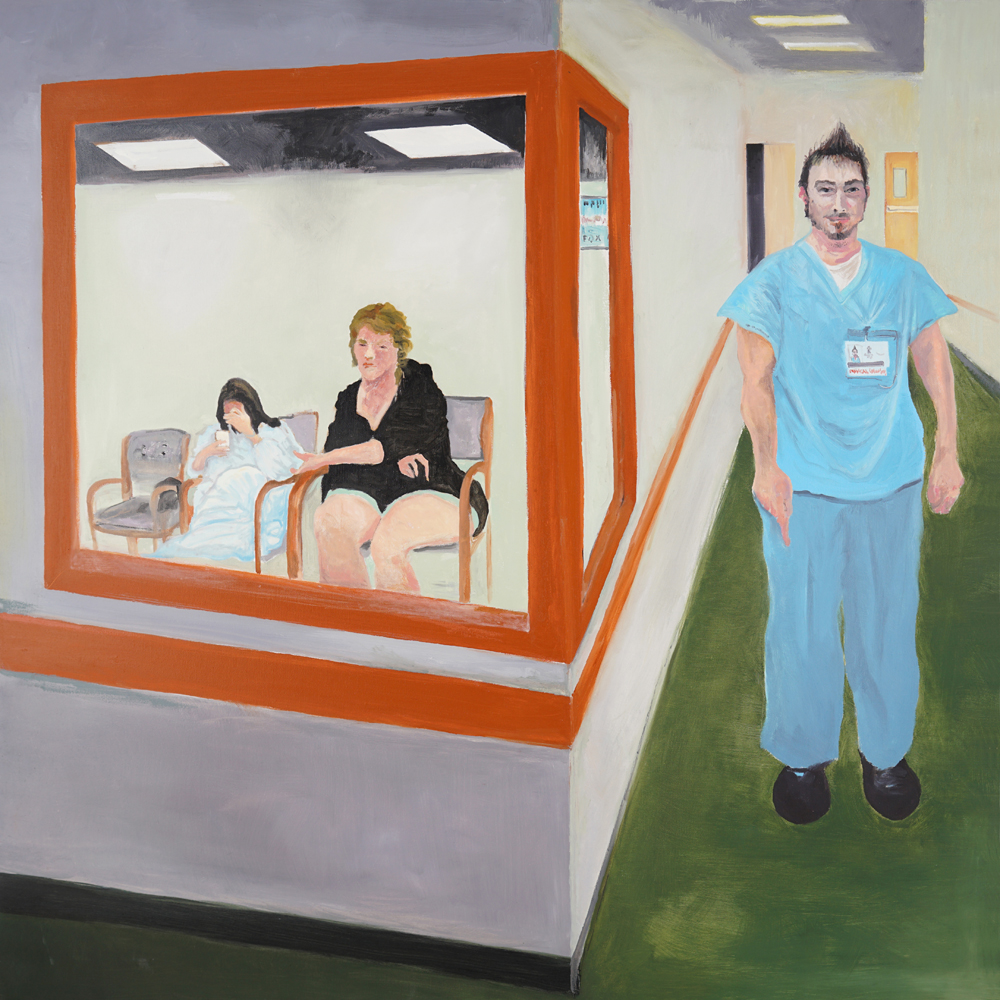


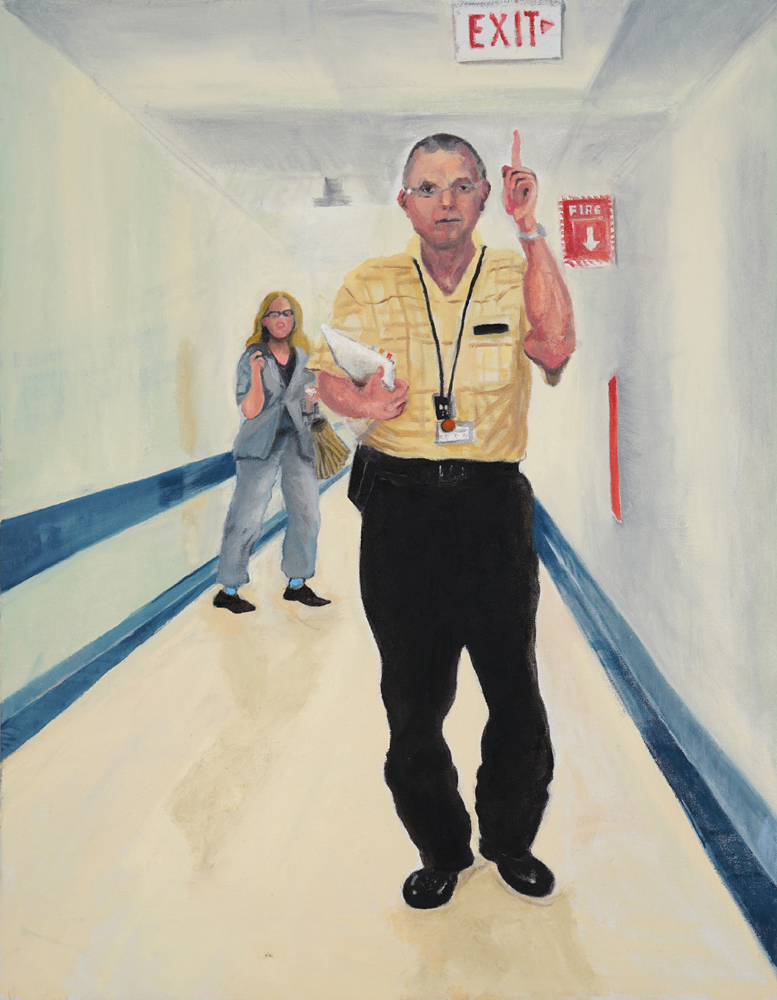
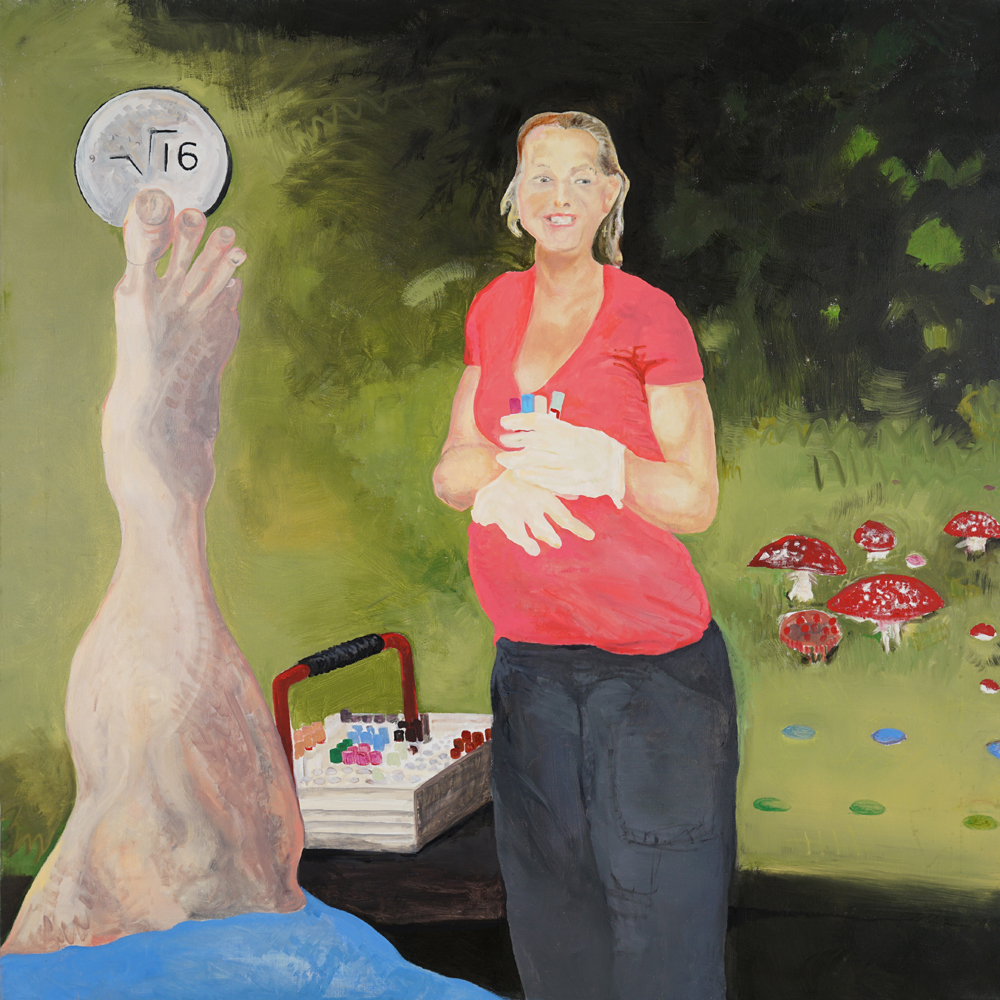
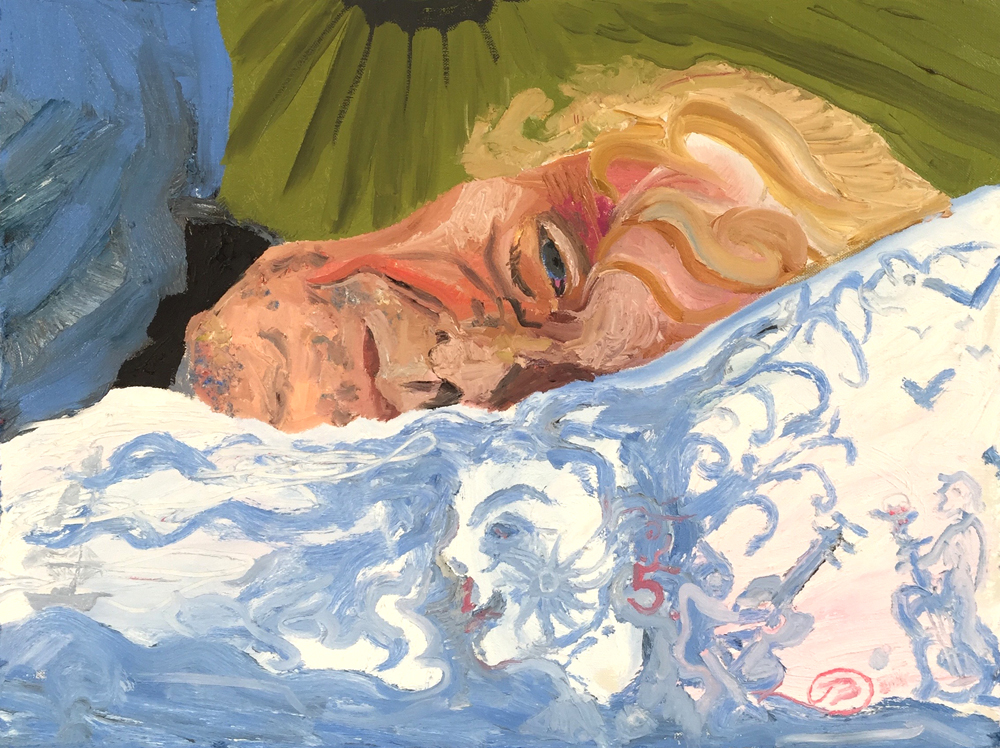
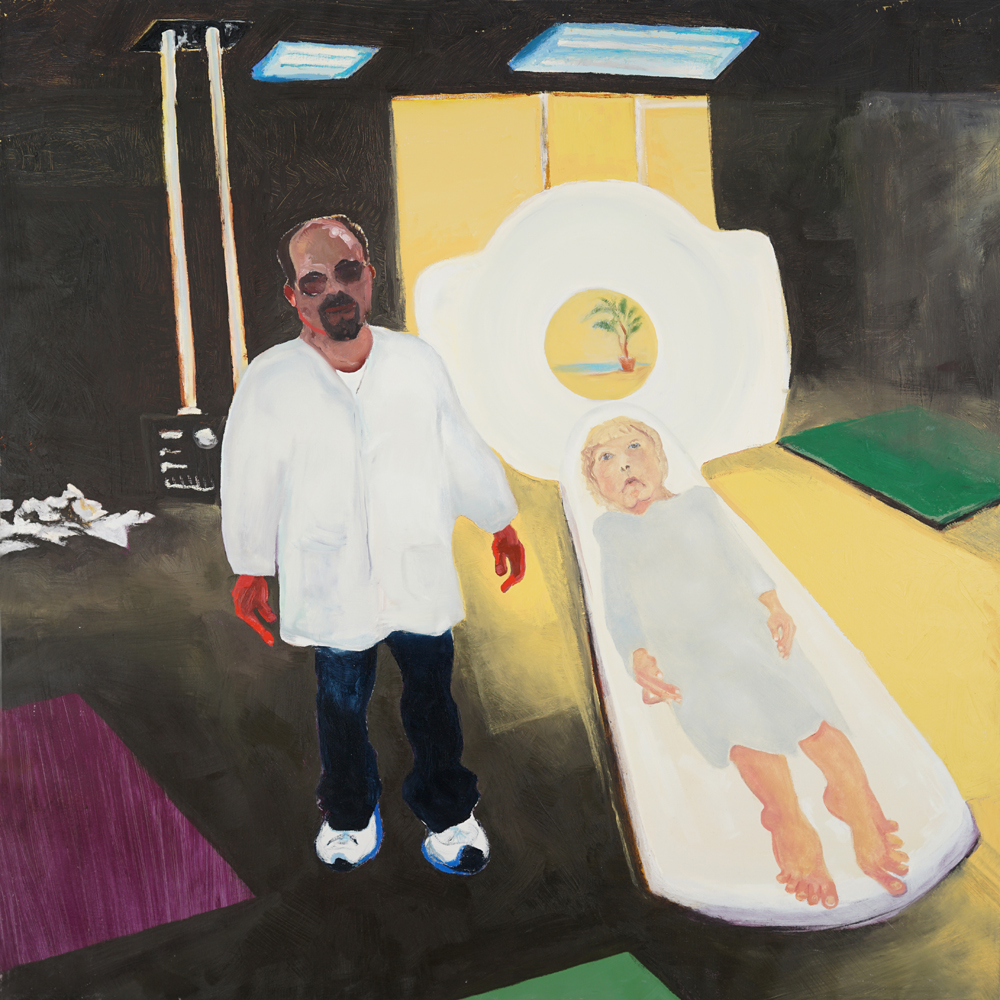
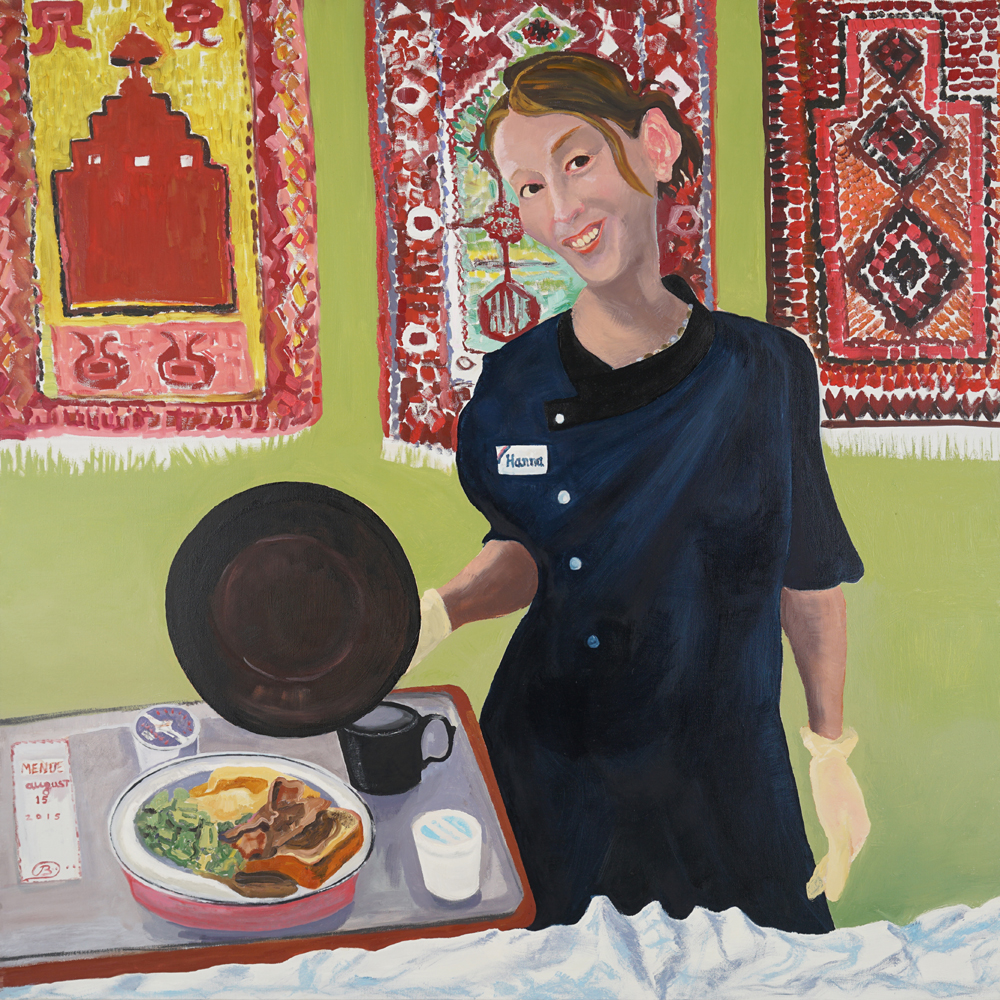

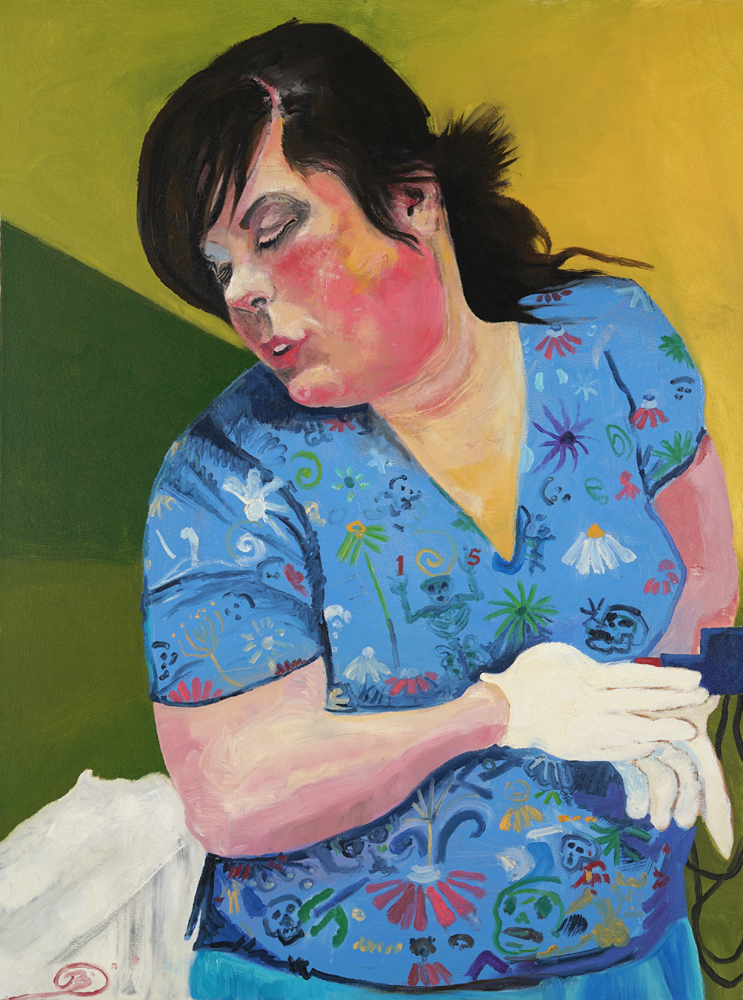
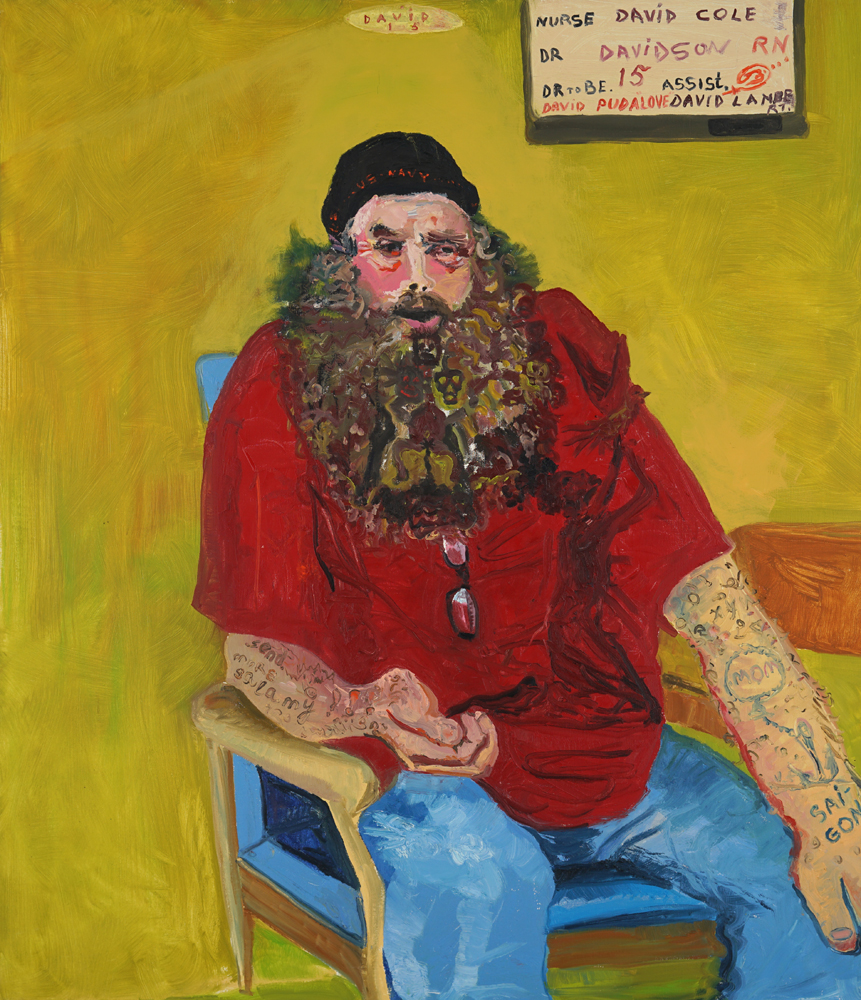
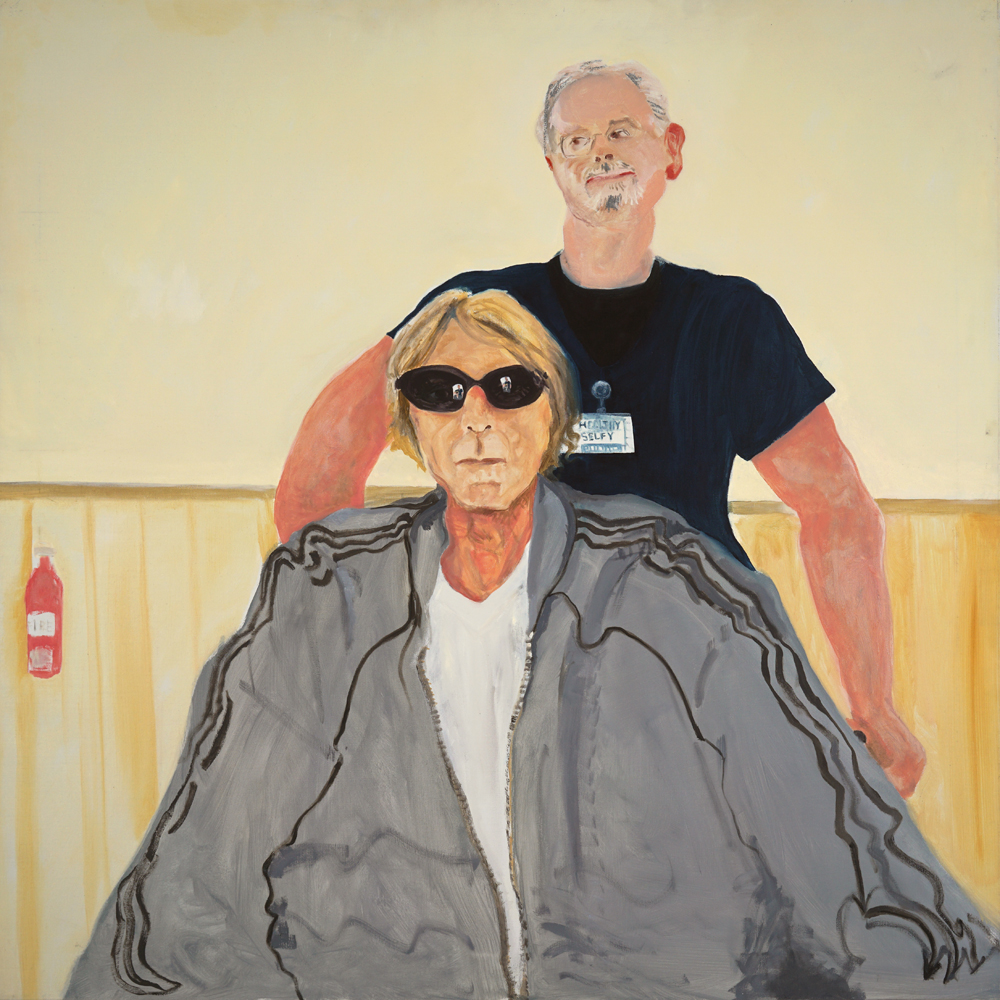

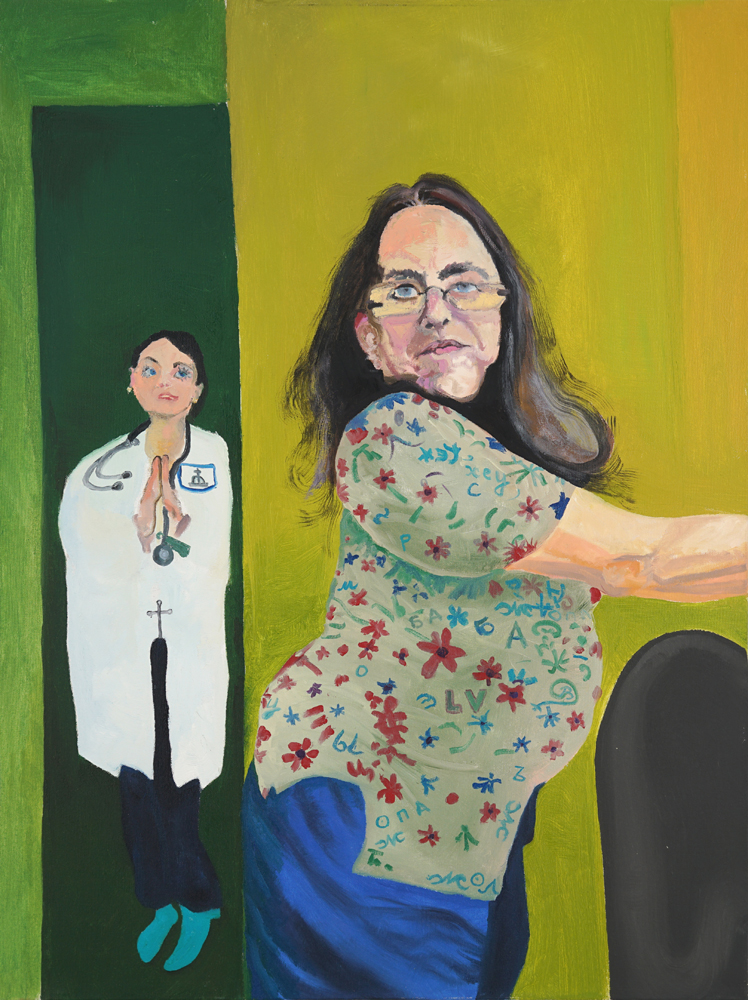
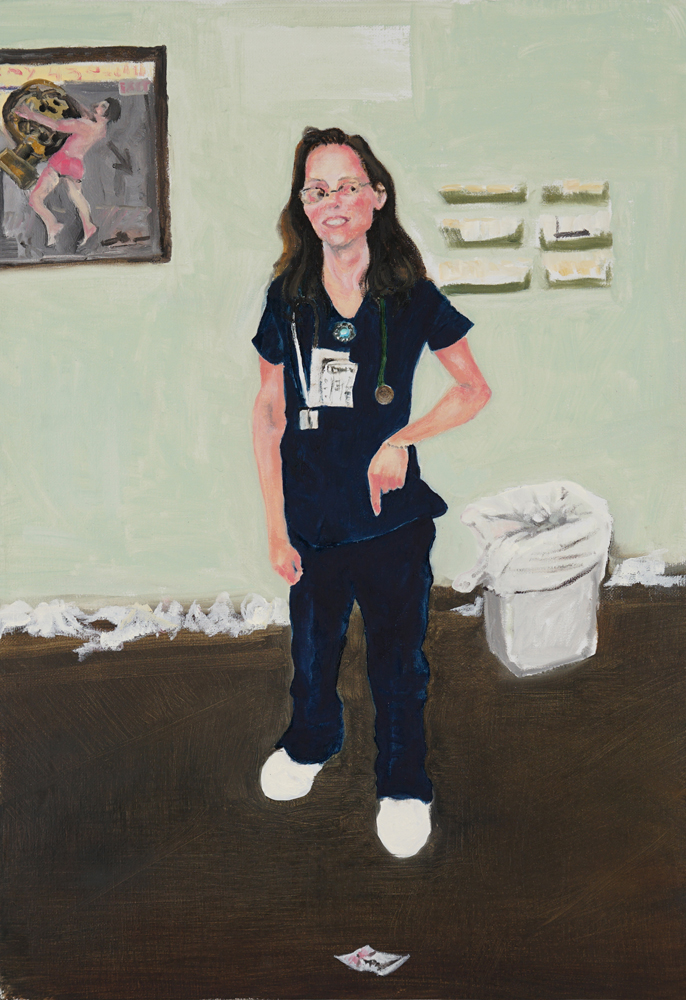
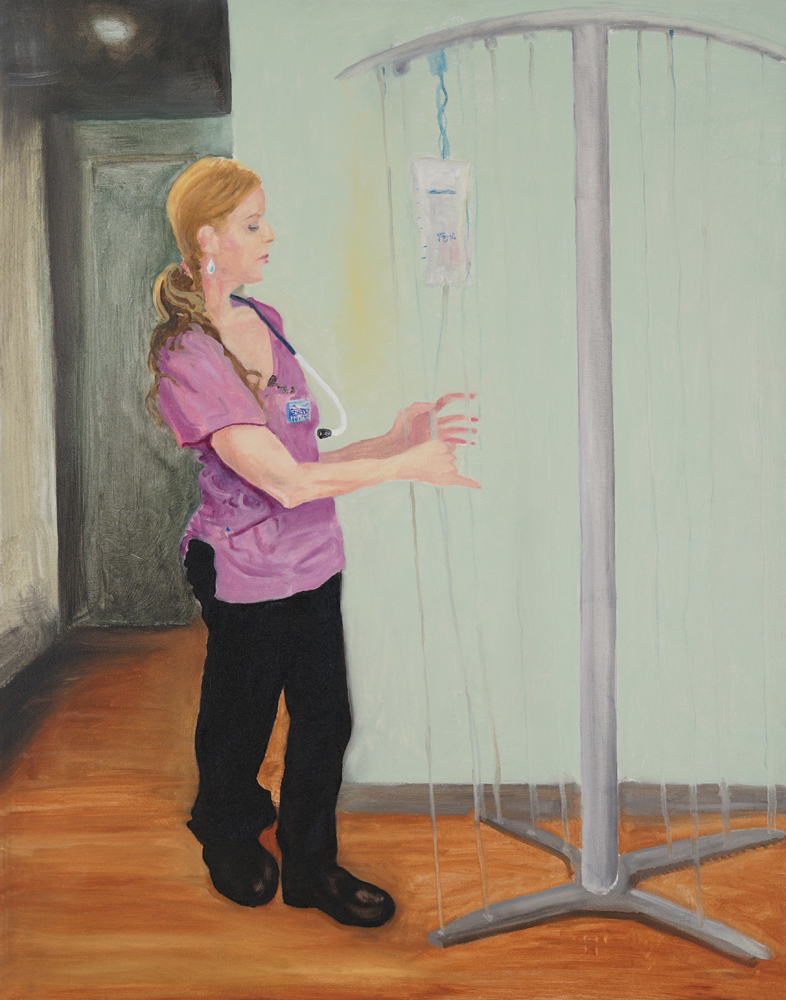
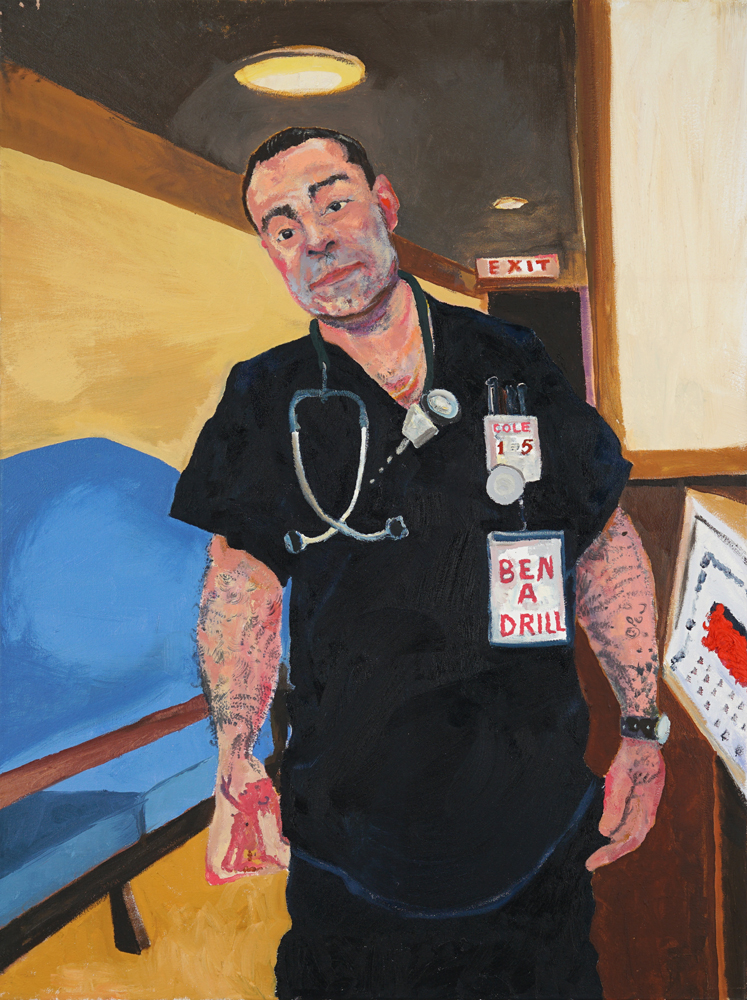
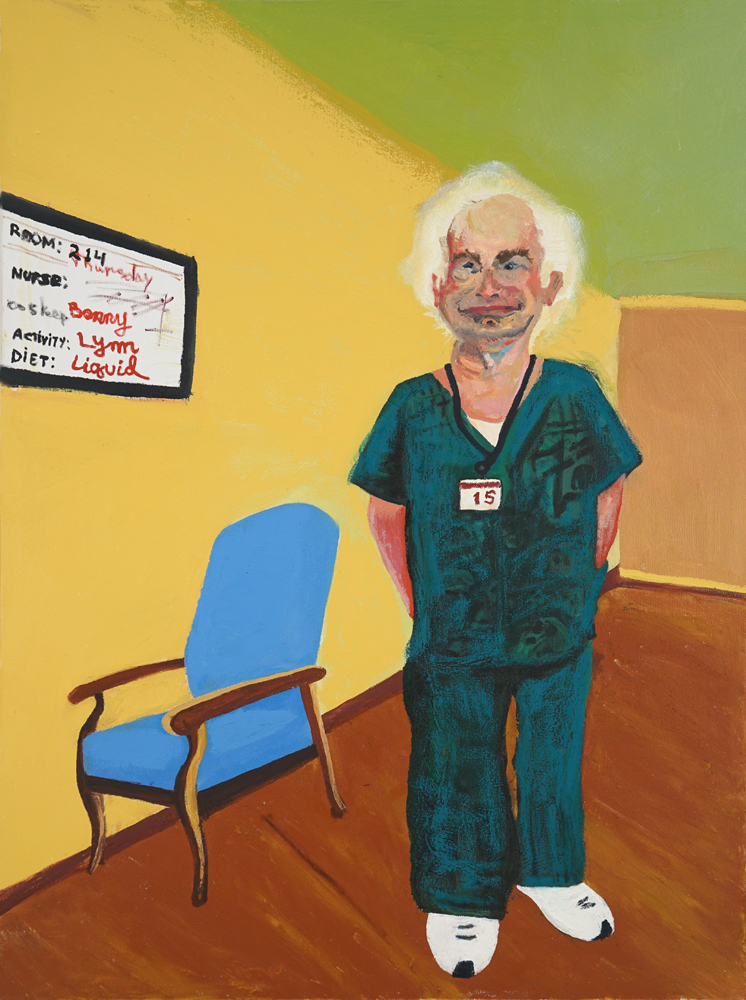
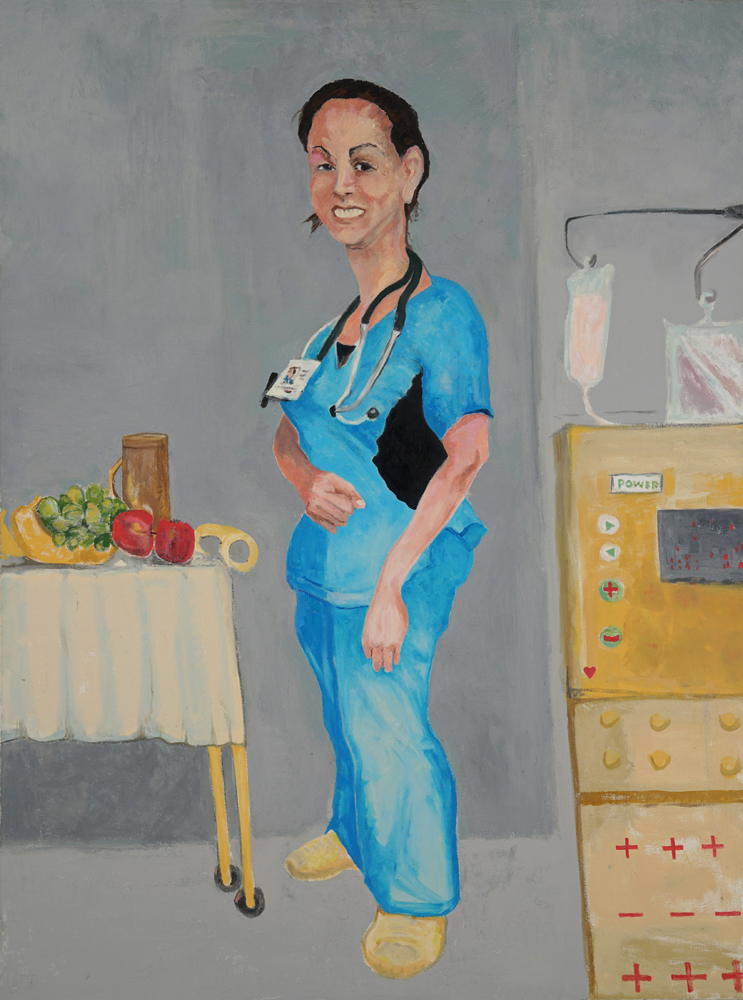
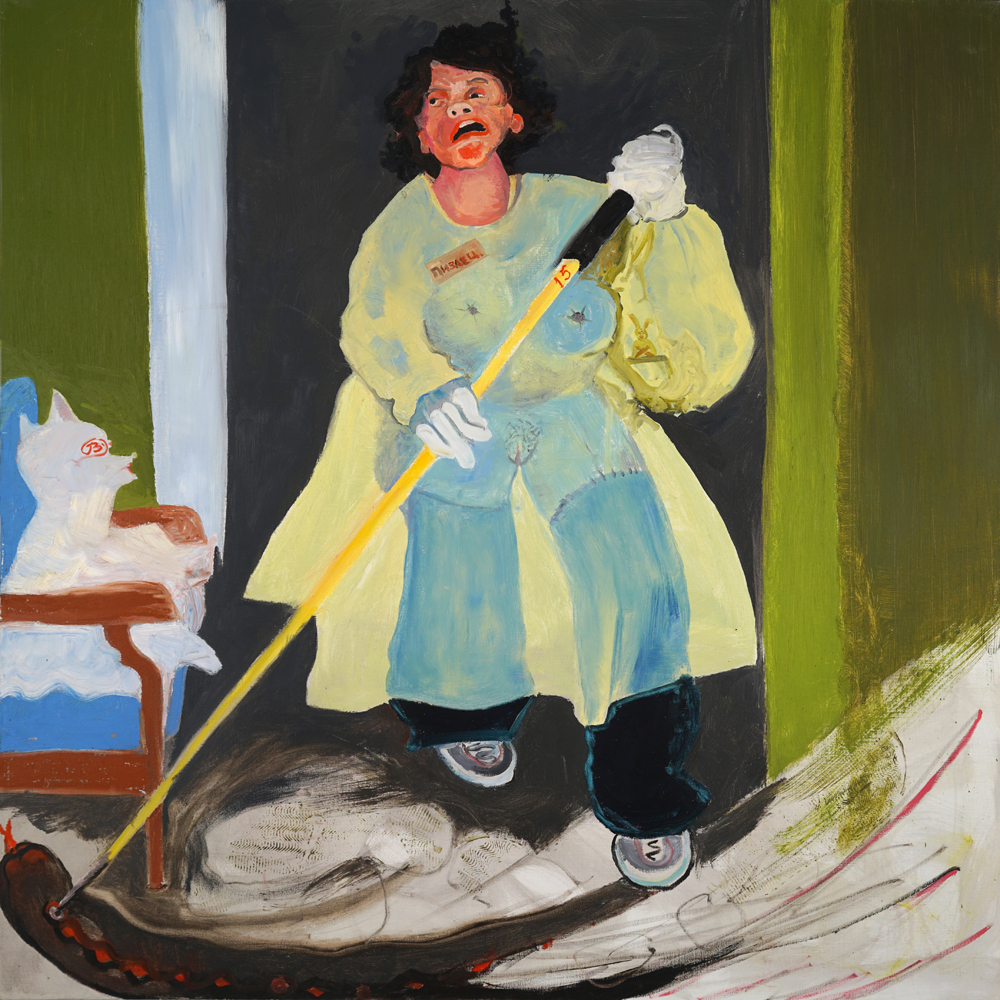
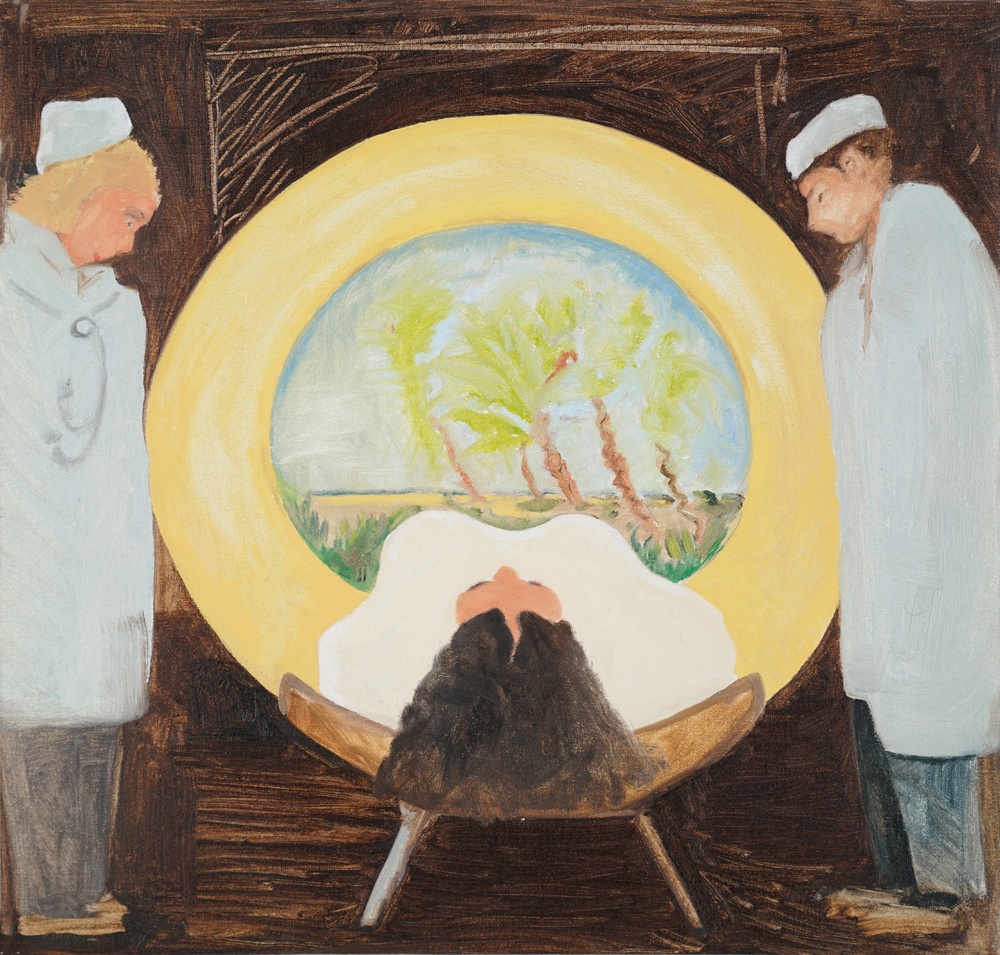
Jeff Bliumis: View From Below
by Raphy Sarkissian
Andres Serrano, whose photographs have slyly aestheticized such bodily fluids as blood, urine and semen in order to adorn art gallery walls and the exceedingly popular Metallica album covers of Load (1996) and Reload (1997) over the past three decades, has switched roles from notorious photographer to notably righteous curator of Jeff Bliumis: Pilgrim State for the Spring Break Art Show 2019 in New York.
Despite or indeed because of their caricatural representation of such pragmatic or mundane themes as nurses carrying out their tasks within oncology wards and custodians cleaning floors, encountering half a dozen of medium-scale, oil-on-canvas paintings by Bliumis was an irrefutably poignant experience.
While Bunny of Bliumis renders the vulgarity of John Currin’s representation of the female face and breasts civilized (“I can’t get rid of my vulgarity,” Currin has said), 4AM (Harvest Moon) punches the visitor’s face with an elevated leg, whose big toe is haloed with the mathematical expression “the square root of sixteen.” Within the center of the composition, Bliumis portrays a phlebotomist holding four vacutainer tubes with a purportedly cheerful facial expression. Whereas the gesturally executed, avocado wall in the background comes across as an allusion to the avant-garde legacy of Abstract Expressionism, the depiction of Amanita muscaria (the hallucinogenic red mushrooms) completes the pictorial narrative as an instance of campiness, transforming the backdrop, along with the overall painting, into an uncanny illustration of Clement Greenberg’s influential 1939 essay “Avant-Garde and Kitsch.”
As if thematically and compositionally derived from Gustave Caillebotte’s Floor Scrapers of 1875, the painting entitled Soil by Bliumis distinctively sets itself apart from the other works of the exhibition, as its content conveys an urgent message of toil through the somber portrayal of a woman in a pale blue uniform, a proletarian laboriously sweeping the floor within the foreground of the space. Yet the dark figure set against the light yellow background of the room alters the toilful gist of the painting into the existential and evasive.
Perhaps the most jarring picture by Bliumis on exhibit is Amazons, representing two seeming chemotherapists within a vaguely executed hospital setting. One holding a bow and the other arrows, they convey facial expressions that contort the meanings of such terms as hope, resilience, smirk and sarcasm. While shades of peach establish the textural background of Amazons and recur on the skins of the two figures, shades of light grey correlate their uniforms and the intravenous bags and tubing. Here the visible brushstrokes of Bliumis display a set of formal affinities with Fauvism and Expressionism, although the physiognomic features of the two figures also evoke various stylistic elements of such French Realist painters as Jean-François Millet, Gustave Courbet and Honoré Daumier.
Art Critics, originally titled Rec Room, further intertwines the prosaic—if not bleak—life of the hospital with the perplexing condition of an art world that Bliumis audaciously constructs. Wooden parts of armchairs here frame three male figures that in turn triangulate a fourth, zombified figure lying face down in the center. Through reflexive, sullen and immersed facial expressions, the imagery of these individuals created by Bliumis suggests a recreation room within the context of a hospital, while it also resonates the world of the art critic, artist and collector—individuals who seem to be stuck within the paradox of aesthetic judgment, of originality versus appropriation, as implied by Warhol’s pink, orange and blue flowers in the background. In this fashion, Art Critics can be said to disrupt the intentional complacency of Warhol’s mechanically reproduced flowers through manual craftsmanship that is no longer a mere end in itself. Instead, it is a backdrop to human figures that convey an aura of reflexivity, whether lamenting the loss of abstraction or pictorial representation (or both) in our era of mechanical reproduction, as critiqued by Walter Benjamin and later debated by Jean Baudrillard through the model of the simulacra. The brooding, shaman-like, necromantic countenances of these figures of Art Critics strikingly call to mind the eerie painting Artists with Vegetable of Max Beckmann.
Since the contents and pictorial idiom of these overwhelming works of Jeff Bliumis summon forth associations with the Neue Sachlichkeit (the New Objectivity), it is somewhat untenable not to characterize him as a legitimate successor of Max Beckmann.